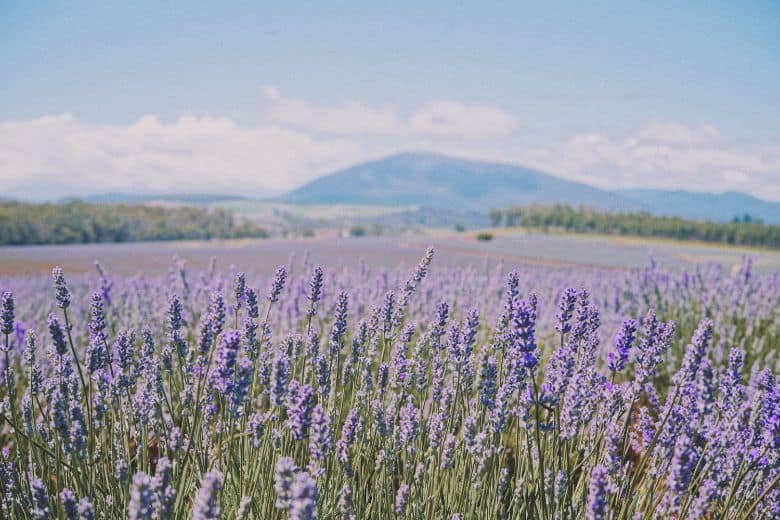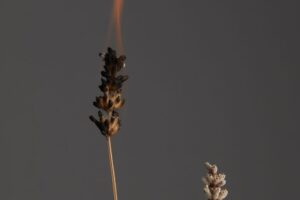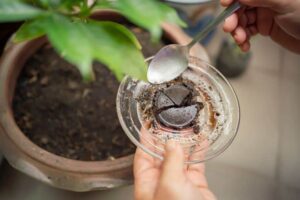
Lavender, with its fragrant blooms and soothing properties, is a beloved herb that has been cultivated for centuries. But can lavender thrive in the arid climate of Arizona? Many gardeners in this region are eager to add this beautiful plant to their landscapes but are unsure if it can withstand the intense heat and aridity.
Let’s explore the possibility of growing lavender in Arizona, including the ideal growing conditions, suitable lavender varieties, tips for cultivation, and maintenance practices. Discover how you can successfully cultivate lavender in your Arizona garden and enjoy its aromatic beauty year-round.
Understanding the Climate of Arizona:
Before delving into growing lavender in Arizona, it is essential to understand the unique climate conditions of the region. Arizona is known for its hot and arid climate, with low humidity and long, scorching summers.
These conditions can pose challenges for many plants, including lavender.
However, with proper care and attention, it is possible to create a suitable environment for lavender to thrive.
Choosing the Right Variety of Lavender
The first step to growing lavender in Arizona is to choose the right variety. There are many different varieties of lavender, but not all of them are suited to the hot, dry climate of Arizona. Some of the best varieties for Arizona include:
- Grosso: This is a popular variety of lavender that is known for its large, fragrant flowers.
- Provence: This variety is known for its intense blue color and its sweet fragrance.
- Spanish: This variety is known for its hardiness and its ability to tolerate heat and drought.
Planting Lavender in Arizona
Technique 1: Lavender should be planted in well-drained soil that is amended with compost or other organic matter. The soil should have a pH of 6.5 to 7.5. Lavender plants should be spaced about 2 feet apart.
Technique 2: When planting lavender, it is important to dig a hole that is twice as wide as the root ball. The hole should also be deep enough so that the top of the root ball is level with the soil surface.
Technique 3: After planting, water the lavender plants deeply. Lavender plants should be watered regularly, but they should not be allowed to sit in soggy soil.
Common Challenges Growing Lavender in Arizona:
1. Extreme Heat and Sun Exposure:
Arizona’s intense heat and sun exposure can be challenging for lavender plants. The scorching temperatures can cause stress and dehydration, leading to stunted growth and reduced flowering. To mitigate this challenge, it is crucial to choose lavender varieties that are known for their heat tolerance. Providing afternoon shade or using shade cloths during the hottest parts of the day can also help protect the plants from excessive heat.
2. Soil Conditions:
Arizona’s soil tends to be alkaline, which can pose challenges for lavender, as it prefers slightly acidic to neutral soil. Alkaline soil can interfere with nutrient uptake and affect the overall health of the plants. It is essential to amend the soil with organic matter, such as compost, to improve its texture and drainage. Regular soil testing can help monitor pH levels and adjust them accordingly with appropriate amendments.
3. Watering Requirements:
Finding the right balance of watering can be tricky when growing lavender in Arizona. While lavender is drought-tolerant, it still requires regular moisture to thrive. Overwatering can lead to root rot, while underwatering can cause stress and hinder growth. It is important to water deeply and infrequently, allowing the soil to dry out slightly between waterings. Implementing a drip irrigation system or soaker hoses can help deliver water directly to the plant’s root zone and minimize water waste.
4. Pest and Disease Management:
While lavender is generally resistant to pests and diseases, certain issues can arise in the Arizona climate. Aphids and spider mites are common pests that can infest lavender plants, especially during prolonged dry spells. Regular inspections and the use of organic insecticidal soaps or neem oil can help control these pests. Proper air circulation and avoiding excessive overhead watering can also minimize the risk of fungal diseases such as root rot and powdery mildew.
5. Winter Protection:
Although Arizona has a predominantly warm climate, some regions experience occasional winter freezes. Lavender plants can be susceptible to cold damage, especially during sudden temperature drops. Protecting freezing temperatures, such as using frost blankets or covering the plants with mulch, can help prevent damage to the foliage and root system.
6. Acclimation and Establishment:
Lavender plants may require a period of acclimation and establishment when first planted in Arizona’s challenging climate. It is important to provide extra care and attention during this phase, ensuring adequate moisture, protection from extreme weather conditions, and regular monitoring for any signs of stress or nutrient deficiencies. Once established, lavender plants are generally more resilient and better equipped to withstand arid conditions.
Caring for Lavender in Arizona
- Lavender plants need full sun to grow and bloom properly. They should be fertilized once a year with a balanced fertilizer. Lavender plants should also be pruned regularly to keep them healthy and looking their best.
- Lavender plants are susceptible to a few pests and diseases, including aphids, whiteflies, and powdery mildew. These pests and diseases can be controlled with organic or chemical pesticides.
Harvesting Lavender
Lavender flowers can be harvested when they are fully open. The flowers should be cut from the plant just below the calyx. Lavender flowers can be used fresh or dried.
Additional Tips for Growing Lavender in Arizona
- Lavender plants should be protected from frost. If you live in an area that experiences frost, you should cover the plants with a frost cloth or blanket when the temperature drops below freezing.
- Lavender plants should be watered deeply and regularly, but they should not be allowed to sit in soggy soil.
- Lavender plants should be fertilized once a year with a balanced fertilizer.
- Lavender plants should be pruned regularly to keep them healthy and looking their best.
- Lavender plants are susceptible to a few pests and diseases, including aphids, whiteflies, and powdery mildew. These pests and diseases can be controlled with organic or chemical pesticides.
Conclusion
Lavender can be grown in Arizona with a little extra care. By choosing the right variety, planting and caring for the plants properly, and harvesting the flowers at the right time, you can enjoy the beauty and fragrance of lavender in your Arizona garden.








2 Comments